Affiliate Perspectives:
Museums' Role in Social Justice
and Community Engagement
![]()
Museum
![]()
Topics
Strategic Communication
Big Ideas
Museums integrate social justice into their operations, focusing on inclusivity and equity
Balancing donor views with mission-focused advocacy enhances community engagement

The more museums lean into the fact that we remain one of the most trusted groups of institutions in the country—that is extraordinarily precious. We have an extraordinary obligation to continue to tell the truth. It will be more and more important for museums to take a stand, and you can take a stand without being political. Rights are not privileges.

Japanese American National Museum
On approaching “social justice” relative to your organization’s mission
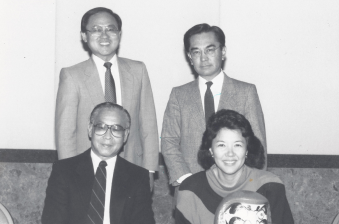
A museum inherently positions itself directly in the social justice space without being activist.
Ann Burroughs, President & CEO of the Japanese American National Museum (JANM), highlights the museum’s commitment to social justice through historical context, emphasizing its role in preserving the narratives of Japanese Americans. By documenting their experiences without adopting an activist or political stance, JANM focuses on education and awareness, standing firmly against discrimination and for human rights. Reflecting on this delicate balance, Burroughs shared, “JANM’s history comes from a point of deep injustice. We preserve the stories, artifacts, and experiences [of individuals of Japanese ancestry who experienced wartime incarceration], to ensure that it never happens again. We don’t see ourselves as being an activist museum. We don’t take political positions; we stand on the side of rights and everything that discrimination isn’t.”

A museum clarifies its mission statement to promote social justice explicitly.
Woodrow Keown, Jr. at the Freedom Center took steps to sharpen their mission statement, emphasizing the museum’s social justice role, rooted in the history of resistance against slavery laws through the Underground Railroad. This move was about making the museum’s commitment to social justice clearer and more pronounced, ensuring visitors understand its foundational values. Keown, Jr. elucidated this shift, stating, “Our mission statement was changed to explicitly state, ‘to pursue inclusive freedom by promoting social justice for all, building on the principles of the Underground Railroad.’ That took us to a much clearer picture. It resonated with constituents and has been a significant factor in people understanding what we are all about.”
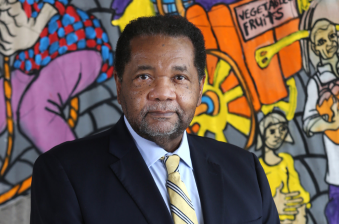
A museum takes on advocacy through strategic communications in areas that align with its mission.
Since stepping into his role, Keown, Jr. has put a strong emphasis on refining the museum’s communication approaches. He focuses on issuing clear, mission-aligned statements on current issues, such as the George Floyd incident, to engage the public and policymakers. This approach, which Keown, Jr. calls ‘strategic advocacy’, is about making the museum’s voice heard on matters of freedom and democracy, steering clear of political bias. He elaborated on this strategy by saying, “I put out issue statements on timely matters—such as the death of George Floyd. I continue to do that in areas that are related to our mission; I issue statements, policy statements, engaging our government. This piece of strategic communications has let people know that we’re here, what we stand for, and what we’re advocating for. I’m not advocating for a particular political position. I’m advocating for freedom, democracy, and the promise of our Constitution.”
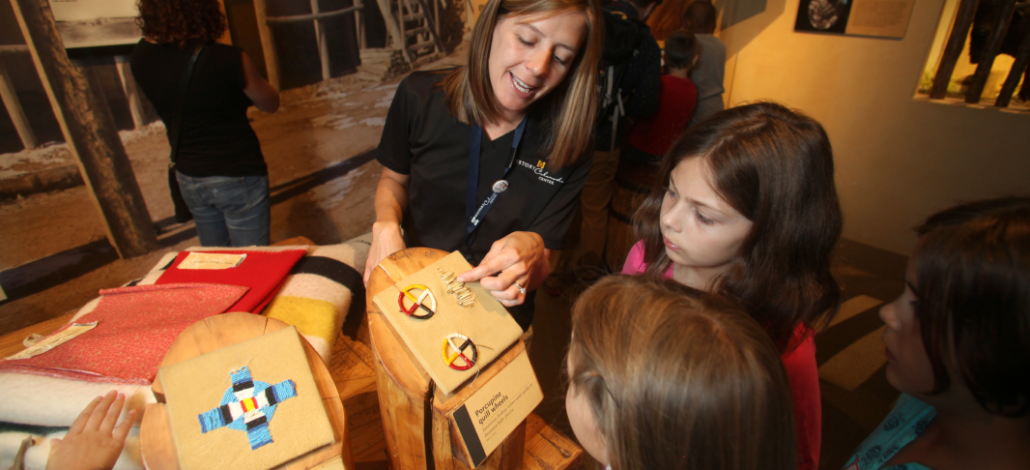
A museum uses the most helpful language to reach a shared goal.
In contrast, Jason Hanson, Chief Creative Officer of History Colorado, describes the challenge of navigating the term “social justice,” which can act as a lightning rod in certain contexts. Hanson’s strategy involves reaching the same end goal by employing alternative language that avoids triggering counterproductive reactions. He explains this nuanced approach by emphasizing the importance of shared experiences and histories. Hanson articulates, “Using the specific phrase of ‘social justice’ can preclude some from approaching the work with an open mind or being willing to do front-end engagement. So what I talk about a lot is our shared history. It encompasses everything that we call history—it forces us to acknowledge that it’s all our history in some way. I talk about understanding our shared history to appreciate how we got to now. What people want from a history museum is to understand how we got to now, so we can make good decisions about creating a brighter future together. Sometimes it may mean walking around the term ‘social justice’ but getting to the same place—we want a brighter future together.”
- Being in community
- Amplifying and centering voices of Black, Indigenous, and people of color
- Co-creation and shared authority
- Humility and reflection
- Responsiveness and flexibility
- Shared destiny
Don’t be vague about it; understand that museums are trusted institutions because we are not reactionary. Have some grounding that you are standing upon—something you are willing to explain to people and defend if necessary. That’s why we have our grounding virtues—a place we are coming from, the place beyond which we will not go. It also means that we don’t get baited into a reactionary argument.

History Colorado
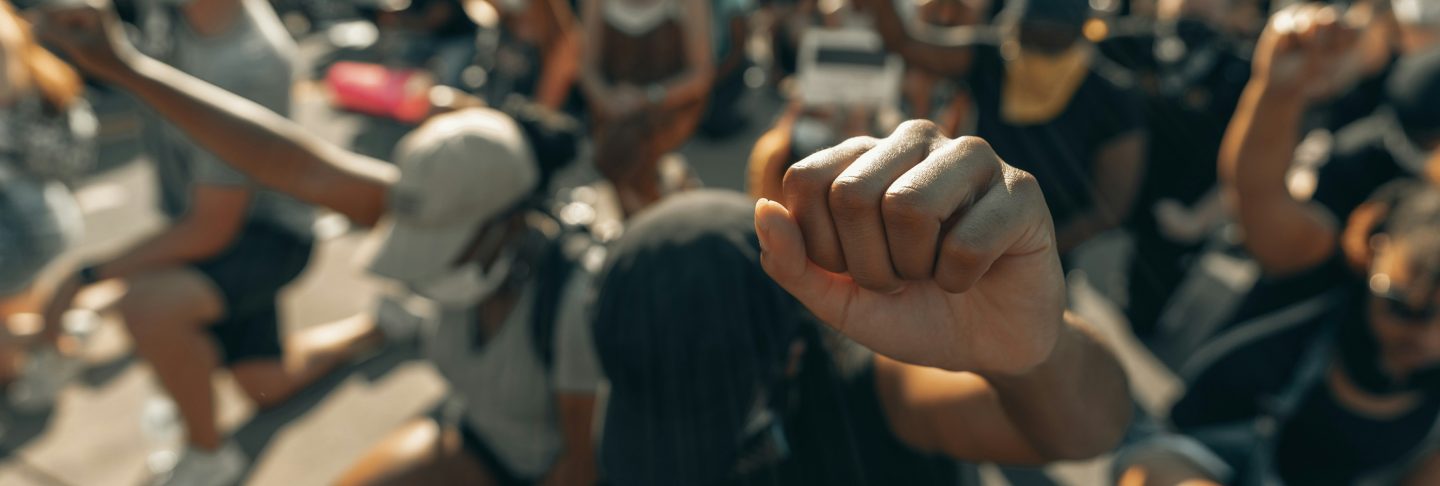
Strategic Engagement: Navigating Donor Relationships and Mission Alignment in Museums

On concerns with donor support when pursuing social justice work
Ann Burroughs of JANM acknowledges the complexities of embracing an explicit stance on social justice, noting that it did lead to some shifts among donors. Yet, she remains optimistic, pointing out that such a stance has ultimately led to an increase in foundation support, with notable contributions from entities like the Ford Foundation and philanthropist MacKenzie Scott. Burroughs elaborates on this evolution, stating, “In earlier days, there were people who had a problem with the direction I was taking the museum in. We knew we would lose donors, and we did. But my perspective has always been that if you do the right thing, more people will come. Foundations are catching up. A lot of them are catching up, particularly around issues of race, social justice, and democracy.”
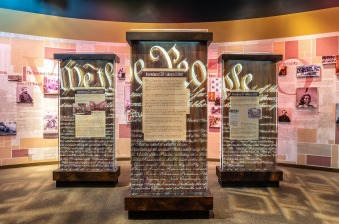
Drawing in social justice-inclined funders through specificity
Woodrow Keown, Jr. of the Freedom Center discusses the strategic approach they take in fundraising, emphasizing the importance of aligning the museum’s mission with the goals of potential funders, particularly those interested in social justice. This meticulous approach has led to a noticeable uptick in support following the refinement of their mission statement and its integration with community engagement efforts. Keown, Jr. reflects on this positive change, saying, “People who really are social justice minded came to the table. We got significant grants from organizations and individuals. They are committed to social justice because they were able to make that link more clearly when we clearly stated our mission.”
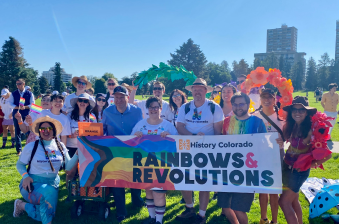
Messaging to donors who want a particular perspective
Jason Hanson from History Colorado touches on the nuanced challenge of engaging with donors who may favor a specific narrative perspective. He underscores the inherent trust placed in museums, particularly history museums, due to their commitment to providing accurate information. Hanson articulates the importance of maintaining this trust, noting, “The polls continually show that museums are some of the most trusted institutions in America, and history museums are at the high side of that spectrum. We are trusted because we are perceived as a place that can be relied upon to bring accurate information to people so that they can ingest and do what they want with it. We have to explain to donors if we are perceived to be advocating for one perspective or another, it would actually undercut the value of their donation because it would be eroding the credibility of the institution that they are trying to support.”
On remaining relevant to younger, socially engaged audiences
Meeting the story telling expectations of younger audiences
Ann Burroughs emphasizes the need for museums to evolve to engage younger, more socially active audiences. She highlights the shift in storytelling preferences, advocating for museums to embrace change, present exhibitions differently, and explore new narratives. This adaptability is crucial for museums to maintain relevance and connect with a generation that values diverse perspectives and social engagement.
“How we remain relevant will be one of the most critical issues. If you’re intent on reaching younger, new audiences, you have to be willing to listen and bring in new perspectives. You have to have the courage to adapt and change.”

Japanese American National Museum

How we remain relevant will be one of the most critical issues. If you’re intent on reaching younger, new audiences, you have to be willing to listen and bring in new perspectives. You have to have the courage to adapt and change.

Japanese American National Museum
Learning Excursions
Take a deeper dive into what it means to be an Affiliate through these Learning Excursions. Use filter controls below to access content by type.

Essentials
Geared towards new and existing Affiliates, access modules to assess your organization’s:
- DEAI
- Community Engagement
- Vision for Engagement
- Collaboration and Relationship Building

Affiliate Stories
Modules to enhance your collaborative efforts, build leadership skills, and showcase your impact. Here you’ll find:
- Case studies
- Affiliate perspectives

Tools for Action
To facilitate ongoing learning and skill development, find:
- Reflection guides
- Toolkits
- Other resources
We’d love to hear from you!
Do you have a powerful story of successful community engagement or collaboration you’d like to share? Or do you want to connect and learn more about community engagement resources and supports?
Reach out to your National Outreach Manager. They’d love to connect and share ideas!


|
Mailing Address PO Box 37012 MRC 942 Washington, DC 20013-7012 |
Delivery Address 600 Maryland Avenue SW Suite 5060W Washington, DC 20024 |
Phone Smithsonian Affiliations: (202) 633-5300 SITES: (202) 633-3168 Museum on Main Street (202) 633-5335 |
SITES: Museum on Main Street: Smithsonian Affiliations: |
